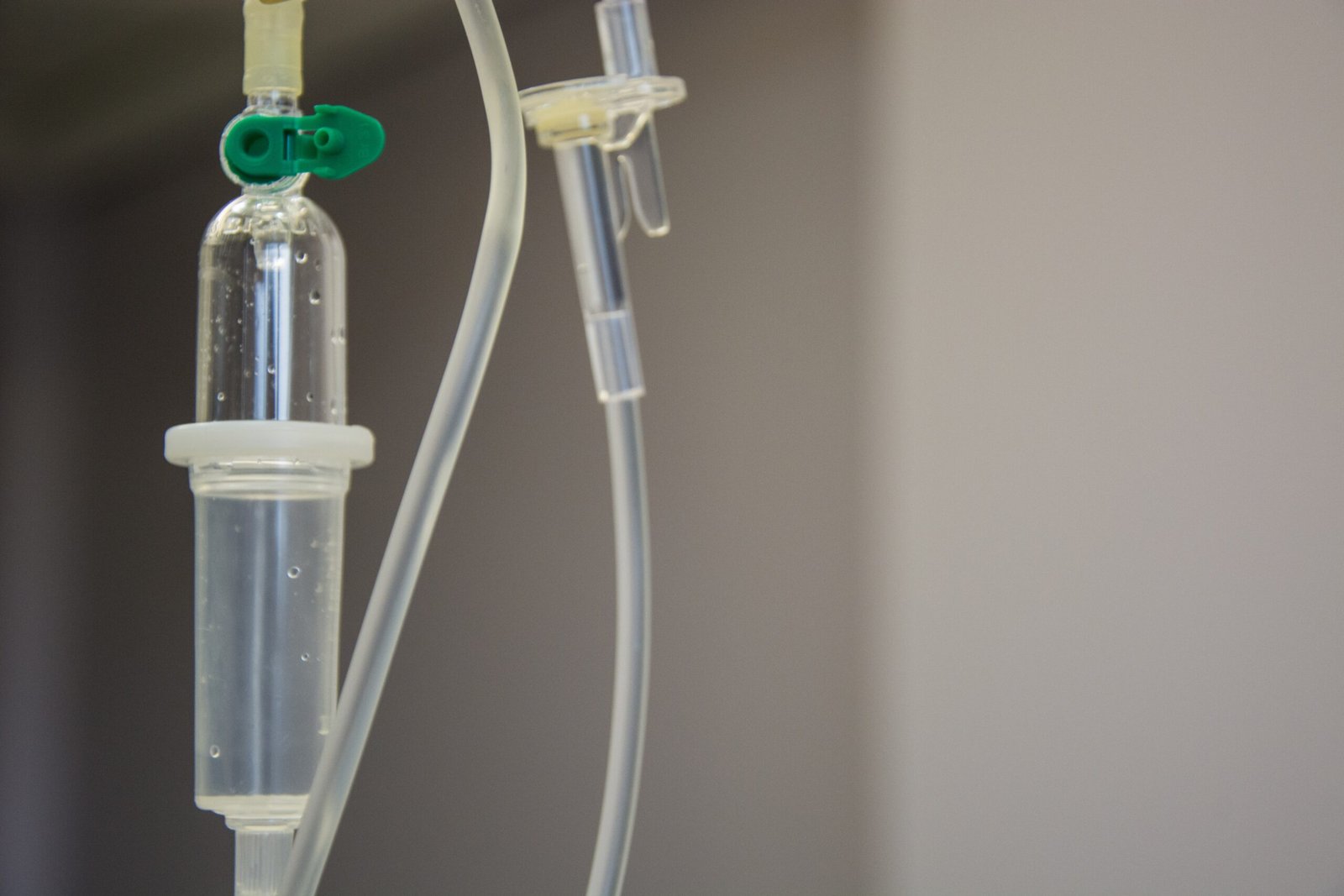Have you ever experienced discomfort after consuming certain foods? It could be due to oxalate, a natural compound found in many plants. Oxalate and digestion are closely connected, as the body’s ability to break down oxalate can vary from person to person. In this article, we will explore the role of oxalate in digestion and how it can impact our overall health. From understanding the sources of oxalate to managing its consumption, you will gain valuable insights on how to support a healthy digestive system. So, let’s dive into the world of oxalate and digestion!

This image is property of images.unsplash.com.
What is Oxalate
Oxalate is a naturally occurring molecule that can be found in various foods and beverages. It is derived from oxalic acid, an organic compound that is found in many plant-based sources. Oxalate is known for its ability to bind with minerals, such as calcium, and form crystals. While it is necessary for various physiological processes in the body, excessive intake of oxalate can lead to health issues, particularly in the digestive system.
Definition
Oxalate, also known as oxalic acid, is a compound that is naturally present in many fruits, vegetables, and grains. It is a highly reactive molecule that can bind with minerals in the body, forming oxalate crystals. These crystals can accumulate in various tissues and organs, leading to health problems such as kidney stones and digestive disorders.
Sources of Oxalate
Oxalate is found in a wide range of plant-based foods. Some of the common sources of oxalate include spinach, rhubarb, beets, chocolate, nuts, and tea. Other foods such as potatoes, tomatoes, and soy products also contain noticeable amounts of oxalate. It is important to note that cooking or processing these foods can affect the oxalate content. Steaming or boiling foods can help reduce the oxalate levels, while consuming them raw may increase oxalate intake.
Oxalate Absorption in the Digestive System
The process of oxalate absorption starts in the digestive system. Let’s take a closer look at the steps involved:
Initial Digestion Process
When you consume foods containing oxalate, the first step in digestion is the breakdown of oxalate molecules by enzymes in the saliva and stomach. This initial digestion process helps to reduce the oxalate content and facilitate its absorption in the small intestine.
Oxalate Uptake in the Small Intestine
After the initial digestion process, oxalate is transported to the small intestine where most of its absorption takes place. In the small intestine, oxalate can be absorbed through passive diffusion or active transport mechanisms. The efficiency of oxalate absorption varies among individuals, and factors such as gut health and the presence of certain bacteria can influence the absorption process.
Factors Affecting Oxalate Absorption
Various factors can impact the absorption of oxalate in the digestive system. These include the presence of dietary calcium, magnesium, and vitamin C, as well as the gut microbiota composition. For example, when consumed together with foods high in calcium or magnesium, oxalate absorption may be reduced due to the formation of insoluble calcium or magnesium oxalate complexes. On the other hand, certain types of gut bacteria can degrade oxalate, potentially reducing its absorption and preventing its accumulation in the body.

This image is property of images.unsplash.com.
Role of Gut Bacteria
Gut bacteria play a crucial role in the metabolism and absorption of oxalate. Let’s explore how they influence oxalate absorption and their effect on health:
Oxalate-Degrading Gut Bacteria
Certain strains of bacteria, known as oxalate-degrading bacteria, have the ability to break down oxalate into less harmful byproducts. These bacteria produce enzymes that can degrade oxalate into substances that are less likely to form crystals or cause health issues. The presence of these bacteria in the gut can help maintain a healthy balance of oxalate levels in the body.
Influence on Oxalate Absorption
Gut bacteria can influence oxalate absorption by degrading oxalate molecules in the digestive system. When oxalate is degraded by these bacteria, less oxalate is available for absorption in the small intestine. This can help reduce the risk of oxalate-related health problems such as kidney stones and digestive disorders.
Effect on Health
The presence of oxalate-degrading gut bacteria can have a positive impact on overall health. By reducing the absorption of oxalate, these bacteria can help prevent the formation of calcium oxalate kidney stones, a common condition that can be painful and debilitating. Additionally, maintaining a healthy balance of gut bacteria has been associated with improved digestive health and a reduced risk of gastrointestinal disorders.
Importance of Oxalate in Gut Health
While oxalate is necessary for certain physiological processes in the body, excessive intake or impaired metabolism of oxalate can have negative effects on gut health. Let’s delve into two key aspects:
Calcium Oxalate Kidney Stones
One of the most well-known impacts of high oxalate levels is the formation of calcium oxalate kidney stones. When oxalate combines with calcium in the urine, it can form crystals that gradually grow and become kidney stones. These stones can cause severe pain and discomfort and may require medical intervention to remove or dissolve them. By managing oxalate intake and ensuring proper hydration, individuals can reduce the risk of developing kidney stones.
Role in Digestive Disorders
Oxalate can also contribute to the development or exacerbation of digestive disorders. In some individuals with inflammatory bowel disease or irritable bowel syndrome, increased oxalate absorption can lead to symptoms such as abdominal pain, bloating, and diarrhea. Monitoring oxalate intake and making dietary modifications can help alleviate these symptoms and improve overall digestive health.

This image is property of images.unsplash.com.
Oxalate and Nutrient Bioavailability
The presence of oxalate in the digestive system can impact the absorption of other nutrients. Let’s explore its interaction with calcium, magnesium, and iron:
Interaction with Calcium and Magnesium
Oxalate has a strong affinity for calcium and can bind with it to form insoluble calcium oxalate. When high oxalate foods are consumed in large quantities, the excess oxalate can interfere with the absorption of dietary calcium. This can be of concern, as calcium is essential for strong bones and teeth, nerve function, and clotting of blood. Similarly, oxalate can also bind to magnesium, potentially affecting its absorption and utilization in the body.
Effect on Iron Absorption
Oxalate can also impact iron absorption. High oxalate intake, particularly from plant-based sources, can inhibit the absorption of non-heme iron, which is found in plant foods. Non-heme iron is already less readily absorbed compared to heme iron, which is found in animal-based foods. Therefore, individuals who rely on plant-based sources of iron should be mindful of their oxalate intake to ensure optimal iron absorption.
Oxalate Rich Foods and Diet
Being aware of the oxalate content in different foods can help individuals make informed dietary choices. Let’s examine high oxalate foods and the concept of a low oxalate diet:
High Oxalate Foods
Some foods are naturally high in oxalate and should be consumed in moderation, especially by individuals who are prone to oxalate-related health problems. Examples of high oxalate foods include spinach, rhubarb, beets, Swiss chard, cocoa, nuts, and tea. It is important to note that cooking methods can affect the oxalate content in these foods. Boiling or steaming high oxalate foods can help reduce oxalate levels, while consumption in raw form may increase oxalate intake.
Low Oxalate Diet
A low oxalate diet is often recommended for individuals with certain medical conditions, such as calcium oxalate kidney stones or digestive disorders. This type of diet involves limiting the consumption of high oxalate foods and opting for lower oxalate alternatives. Some examples of low oxalate foods include apples, pears, broccoli, cucumber, white rice, and chicken. It is important to work with a healthcare professional or registered dietitian when considering a low oxalate diet, as individual needs may vary.
Balancing Oxalate Consumption
While it may be necessary for some individuals to reduce their oxalate intake, it is not necessary for everyone to completely eliminate high oxalate foods from their diet. Balancing oxalate consumption by incorporating a variety of foods and cooking methods can help ensure a well-rounded diet while minimizing the potential risks associated with excessive oxalate intake. Additionally, maintaining a healthy gut microbiota through the consumption of probiotic-rich foods can also contribute to effective oxalate metabolism.
Management of High Oxalate Levels
Individuals with high oxalate levels or specific medical conditions may require additional measures to manage their oxalate intake. Let’s explore various management options:
Dietary Modifications
The first step in managing high oxalate levels is to make dietary modifications. This may include reducing the consumption of high oxalate foods and replacing them with lower oxalate alternatives. Working with a healthcare professional or registered dietitian can help develop a personalized dietary plan that meets individual needs and preferences.
Supplements
In some cases, individuals with specific medical conditions may benefit from the use of supplements to manage oxalate levels. Calcium citrate is one commonly recommended supplement, as it can help bind with oxalate in the digestive system and reduce its absorption. However, it is important to consult with a healthcare professional before starting any supplements, as they can interact with other medications or have potential side effects.
Medical Interventions
For individuals with severe oxalate-related health problems, medical interventions may be necessary. This can include procedures to remove kidney stones, medication to dissolve stones, or surgery in extreme cases. These interventions should be carried out under the guidance of a healthcare professional to ensure the best possible outcomes.
Tips for Reducing Oxalate Absorption
While it may not be possible to completely eliminate oxalate from the diet, there are several tips that can help reduce its absorption in the digestive system:
Cooking Methods
Choosing the right cooking methods can help reduce oxalate levels in foods. Boiling or steaming high oxalate foods can help leach out oxalate into the cooking water, reducing its content in the final dish. Avoiding high-temperature cooking methods such as frying or roasting can help preserve the oxalate content in foods.
Pairing Foods
Pairing high oxalate foods with calcium or magnesium-rich foods can help reduce oxalate absorption. The calcium or magnesium forms insoluble complexes with oxalate, preventing its absorption in the small intestine. For example, consuming spinach with a source of dietary calcium, such as low-fat dairy products, can help reduce the impact of oxalate.
Hydration
Maintaining proper hydration is essential for managing oxalate levels. Increasing fluid intake, particularly water, can help dilute oxalate in the urine and reduce the risk of kidney stone formation. Adequate hydration also supports overall digestive health and helps to maintain optimal functioning of various bodily systems.
Conclusion
In conclusion, oxalate plays a significant role in gut health and overall well-being. While it is necessary for various physiological processes, excessive intake or impaired metabolism of oxalate can lead to health issues, particularly in the digestive system. Understanding the absorption process, the influence of gut bacteria, and the impact on nutrient bioavailability can help individuals make informed dietary choices and manage high oxalate levels. Balancing oxalate consumption, following a low oxalate diet if necessary, and incorporating dietary modifications, supplements, or medical interventions as advised by healthcare professionals can contribute to maintaining optimal gut health and reducing the risks associated with excessive oxalate intake.

